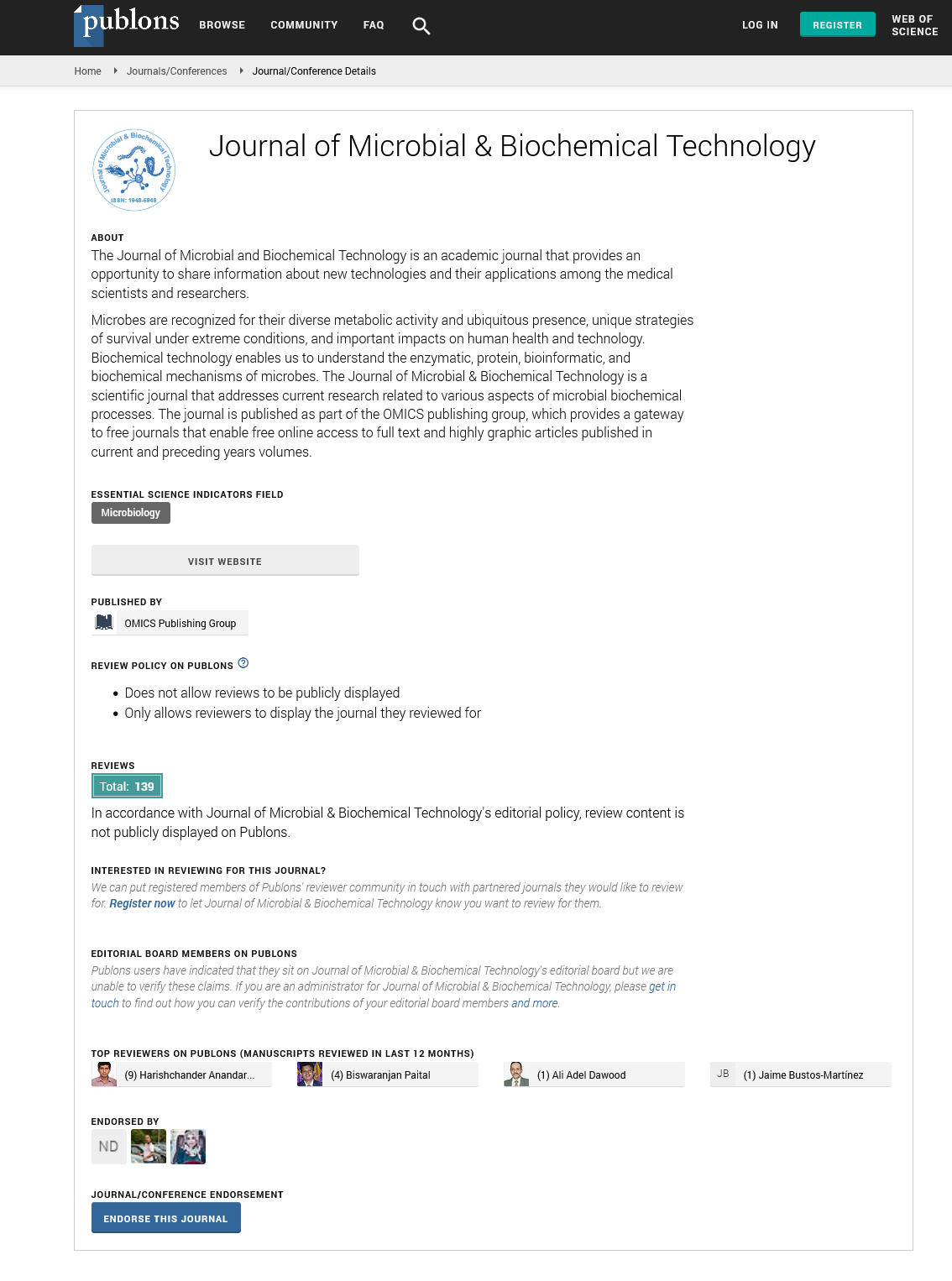Indexed In
- Academic Journals Database
- Genamics JournalSeek
- Academic Keys
- JournalTOCs
- China National Knowledge Infrastructure (CNKI)
- Scimago
- Access to Global Online Research in Agriculture (AGORA)
- Electronic Journals Library
- RefSeek
- Directory of Research Journal Indexing (DRJI)
- Hamdard University
- EBSCO A-Z
- OCLC- WorldCat
- SWB online catalog
- Virtual Library of Biology (vifabio)
- Publons
- MIAR
- University Grants Commission
- Geneva Foundation for Medical Education and Research
- Euro Pub
- Google Scholar
Useful Links
Share This Page
Journal Flyer

Open Access Journals
- Agri and Aquaculture
- Biochemistry
- Bioinformatics & Systems Biology
- Business & Management
- Chemistry
- Clinical Sciences
- Engineering
- Food & Nutrition
- General Science
- Genetics & Molecular Biology
- Immunology & Microbiology
- Medical Sciences
- Neuroscience & Psychology
- Nursing & Health Care
- Pharmaceutical Sciences
Abstract
Genes that are Affected in High Hydrostatic Pressure Treatments in a Listeria Monocytogenes Scott A ctsR Deletion Mutant
Yanhong Liu, Lihan Huang, Rolf D, Joerger and Nereus W. Gunther IV
Listeria monocytogenes is a food-borne pathogen of significant threat to public health. High Hydrostatic Pressure (HHP) treatment can be used to control L. monocytogenes in food. The CtsR (class three stress gene repressor) protein negatively regulates the expression of class III heat shock genes. In a previous study, a spontaneous ctsR L. monocytogenes deletion mutant 2-1 that was able to survive under HHP treatment was identified; however, there is only limited information about the mechanisms of survival and adaptation of this mutant in response to high pressure. Microarray technology was used to monitor the gene expression profiles of ctsR mutant 2-1 under pressure treatments (450 Mpa, 3min). Some of the gene expression changes determined by microarray assays were confirmed by real-time RT-PCR analyses. Compared to non-pressure-treated ctsR mutant 2-1, 14 genes were induced (> 2-fold increase) in the ctsR deletion mutant whereas 219 genes were inhibited (< -2-fold decrease) by pressure treatments. The induced genes included genes encoding proteins involved in synthesis of purines, pyrimidines, nucleosides, and nucleotides, transport and binding, transcription, cell membrane, DNA and energy metabolism, protein synthesis, and unknown functions. The inhibited genes included genes encoding proteins for transport and binding, cell envelope, transcription, amino acid biosynthesis, regulatory functions, cellular processes and central intermediary metabolism. The information concerning L. monocytogenes survival under HHP at the molecular level may contribute to improved HHP treatments for food processing.

